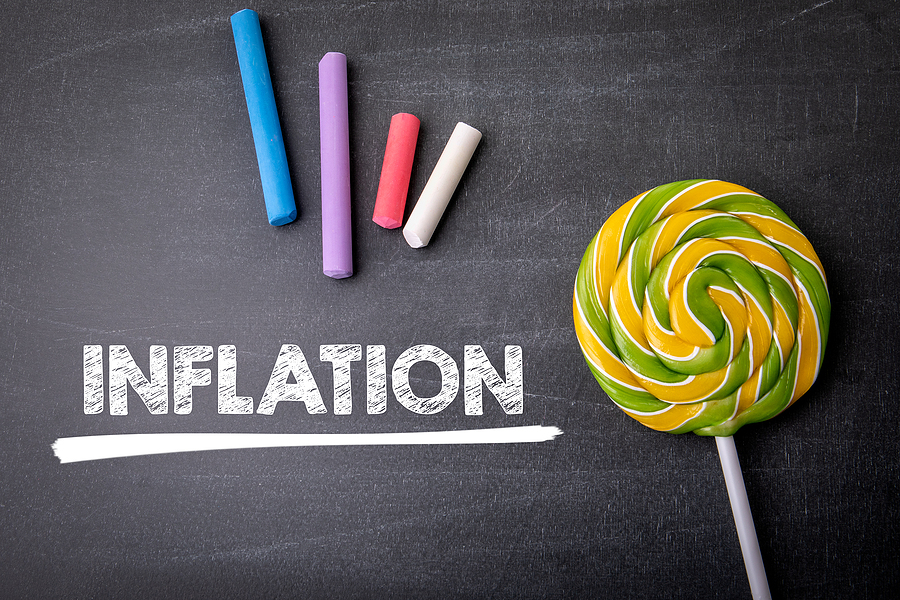Australian mortgage holders can rest easy heading into the first cash rate call of the year following convincing progress on inflation.
Yet even with softer set of consumer price data – including the smallest quarterly increase in almost two years – most economists say interest rate cuts are still a while away.
Based on the official measure of inflation from the Australian Bureau of Statistics, consumer price growth moderated a little more than expected to 4.1 per cent, down from 5.4 per cent at the last quarterly update in September.
Viewed quarterly, inflation weakened from 1.2 per cent in the three months to September to 0.6 per cent.
The main contributors to the December quarter increase were housing (rising one per cent), alcohol and tobacco (rising 2.8 per cent), insurance and financial services (rising 1.7 per cent), and food and non-alcoholic beverages (rising 0.5 per cent).
Treasurer Jim Chalmers said the rate of inflation was well down from its peak of 7.8 per cent a year ago.
“This is not mission accomplished but it’s really welcome and it’s really encouraging progress,” he told reporters in Melbourne.
Forecasters were primed for a soft result but the official reading came in even weaker than the 4.3 per cent annual increase pencilled in, and 0.8 per cent on a quarterly basis.
The trimmed mean, a key measure of underlying inflation that cuts away irregular or temporary price changes, sunk to 4.2 per cent, down from 5.1 per cent in the September quarter.
The inflation figures will set the scene for the year’s first cash rate meeting on Tuesday.
The Reserve Bank has been lifting interest in a bid to bring inflation back within its two-three per cent target range.
With the key inflation numbers coming in below the RBA’s own forecasts, most economists say the chances of a rate hike at the February meeting are slim.
EY chief economist Cherelle Murphy said the central bank had no reason to lift interest next week but recommended patience for borrowers expecting cuts.
She said cuts this year could be premature as risks were likely to persist into 2024.
“Inflationary pressures are still present – including continued strong demand for housing, rising insurance premiums and a tight labour market.”
The December dataset revealed a robust 3.8 per cent increase in insurance prices over the three months, up from a 2.8 per cent rise in the September quarter.
The bureau said premiums across motor vehicle, house and home contents insurance had all moved higher.
Rental price growth did slow, from 2.2 per cent in the three months to September to 0.9 per cent in the December quarter. The ABS said higher government support payments helped contain price growth for renters.
Westpac chief economist Luci Ellis said the RBA would also be mindful of keeping inflation expectations – beliefs about future price movements – under control.
For that reason, she said the board was unlikely to rule out further increases to the cash rate in its communications next week.
“But the case to raise rates from here is steadily losing traction.”
Faster-than-expected progress on price pressures is not unique to Australia, with the latest update from the International Monetary Fund marking down inflation forecasts for many regions.
IMF chief economist Pierre-Olivier Gourinchas said the global economy was beginning the “final descent toward a soft landing” as inflation declined steadily and growth held up.
Poppy Johnston
(Australian Associated Press)





